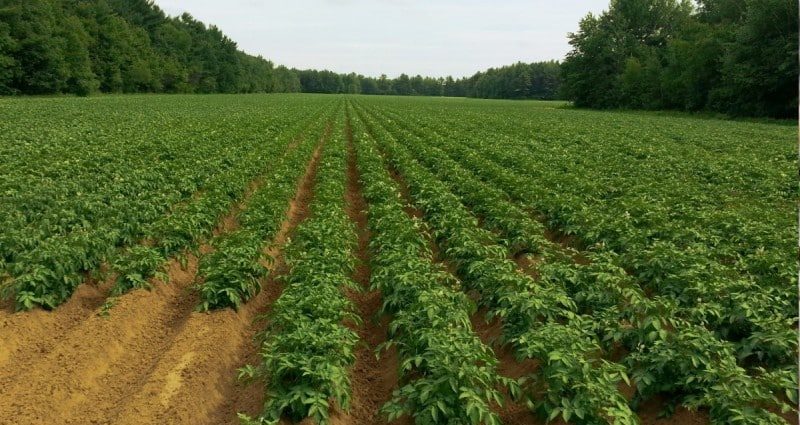(Potato is said to be in high demand in these times of lock down. No wonder !! We all know that it was Collector Sullivan who introduced, among other things, potato to the Nilgiris with the assistance of an English soldier-farmer, Johnstone, and an African assistant, Jones. The first harvest fetched mammoth tubers weighing five lbs !! What is the rest of the story or history? )
The experiments were subsequently extended to Wellington where it was found that three and even four crops could be raised in a year. In 1847 Major Ouchterlony, a British planter, in whose memory the Ouchterlony Valley in Gudalur Taluk still exists, found that Ceylon (Srilanka) offered a very good market for Nilgiri potatoes. Though the total area under potatoes was only 186 acres, the yield was phenomenal owing to the virgin soil.
The establishment of the Government Botanical Gardens in Ootacamund in 1848 gave an impetus to potato cultivation, which began to attract the attention of the ryots, especially Badagas. They were provided with facilities including the supply of seeds from the Botanical Gardens and, as a result, the area under potatoes expanded to 754 acres in 1876. The European settlers also started cultivating potatoes on the lands around their houses. Thus the cultivation of potatoes established itself as a paying proposition among the inhabitants of the Nilgiris and grew into a regular industry among them towards the beginning of the last century. The possibilities of exporting the commodity to Ceylon, Burma and Straits Settlements were explored by the authorities and new varieties were imported and experimented upon at the Botanical Gardens from 1910 to 1914.
Mr. Francis, (author of The Nilgiris Gazetteer), a very enthusiastic British Collector, who evinced a keen interest in the development of potato cultivation as a means of bettering the economic lot of the people here, obtained permission from Government to import two tons of good seed potatoes from Australia for distribution among the native growers.
The question of expanding seed production in 1915-16 led to the establishment of the Government Agricultural Research Station in 1917 at Nanjanad. Work was originally confined to the task of evolving suitable varieties of potato for the Nilgiris from the seeds imported from the UK and Australia. In the varietal sphere, 47 varieties are now under study at the station. After 35 years of trial, a variety called “Great Scot” has been found eminently suitable for the Nilgiris due its “early maturity, cosmopolitan habit, round medium tubers, smooth white skin, fleet eyes and hard flesh”. Next came Royal Kidney, which belonged to the species of Great Scot except for its shape. Bencruachan, Kerr’s Pink Edward, Golden Wonder and Bressie were other notables.
In addition to research valuable work has been done on the manurial side also with the result that a brand of manure called the Nanjanad Mixture was evolved. This served as a standard for all manufactures of potato fertilisers.
After 1957, the responsibility of keeping the potato commercially viable rested with the Central Potato Research Institute at Muthorai. It is this institute which is facing the threat of closure due to short sighted bureaucratic reasons.
Nilgiri Documentation Centre

